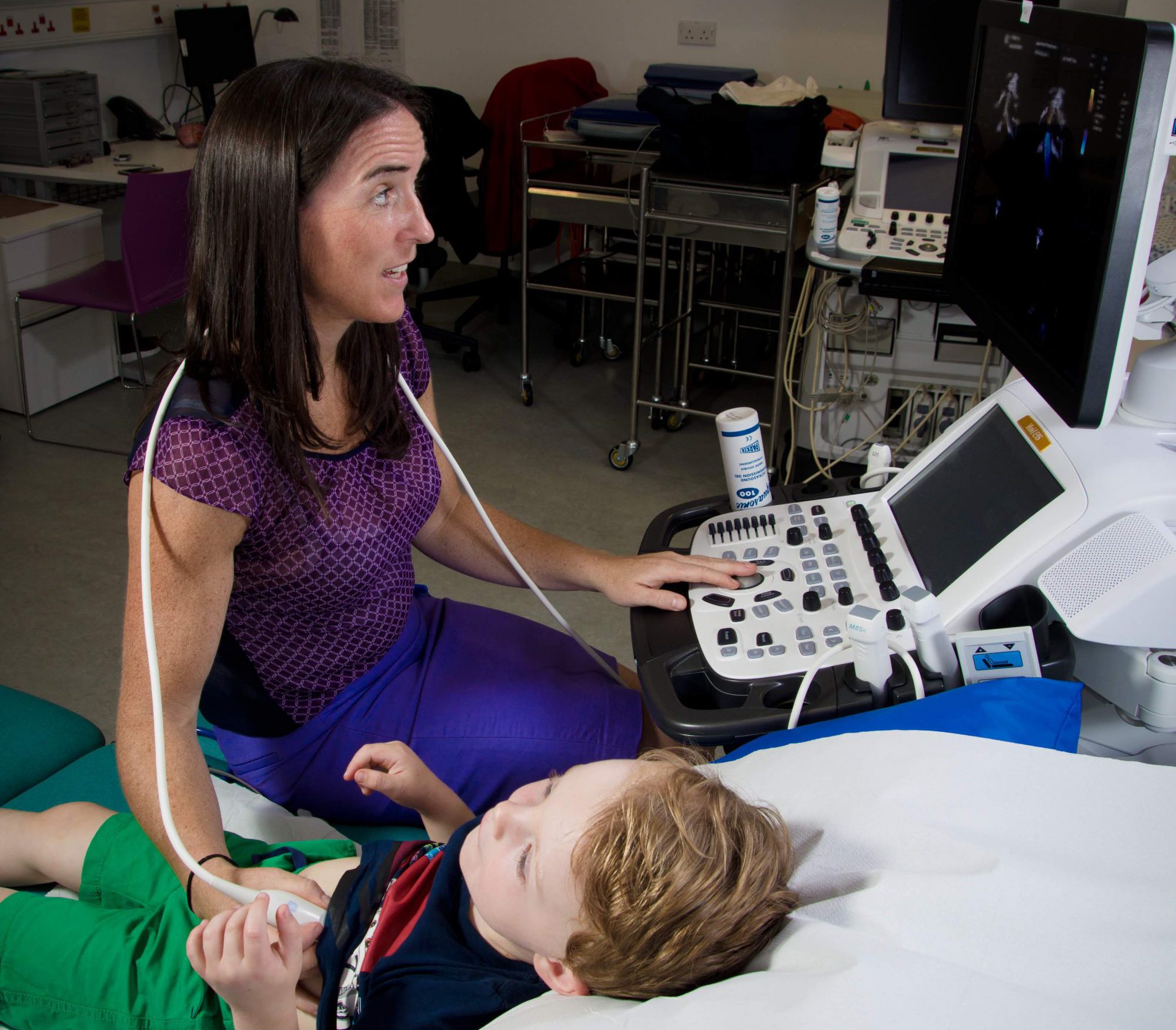An atrioventricular septal defect or AVSD is a combination of several associated lesions that are affected in the development of the valves between the top chambers (atria) and bottom chambers (ventricles) that result in a large defect in the centre of the heart. Also known as an endocardial cushion defect, the condition is congenital, which means it is present at birth, and occurs in two out of every 10,000 newborns. There is a strong association between this defect and the chromosomal abnormality, Down Syndrome.
When the heart is properly septated, red oxygenated blood from the lungs does not mix with the blue deoxygenated blood from the body. In an AVSD blood can move and mix freely among the four heart chambers. If left untreated, AVSD can cause inefficient blood flow through the heart and ultimately to
AVSD is not a single defect but rather a group of closely-associated defects in various combinations and with varying degrees of severity:
-Atrial component (communication between the top chambers)
-Ventricular component (communication between the lower chambers)
-AV valve (mitral and tricuspid) abnormality, failure of normal separation into 2 distinct particioed valves that separate the upper heart chambers (atria) from the lower chambers (ventricles), often resulting in one large “common” valve sitting over both right and left chambers.
How do we treat AVSDs
All of the AVSD subtypes, usually require surgery. The surgery, involves closure of any holes in the chambers, using patches. If the left sided AV valve does not close completely, it is repaired to make it more competent. The surgeon repairs the the common valve, separating it into two distinct valves – one on the right side and one on the left side.
The age at which surgery is dependent on clinical factors such as the child’s health and growth as well as the specific structure of the AVSD. Ideally, surgery should be done before there is permanent damage to the lungs from too much blood being pumped to the lungs. Medication may be used to treat congestive heart failure, but it is only a short term measure in an attempt to allow the infant become bigger and strong enough for surgery.
Infants who have surgical repairs for AVSD generally remain under lifelong follow up. Some of the defects can be more complicated and there is a discrepancy in size between the 2 valves and the lower chambers, this is termed an unbalanced AVSD and can be more challenging to treat. Each AVSD is individual and the medical and surgical management are tailored to the defect. In some instances, children can require more than one operation. The most common need for reintervention is for complications of a leaky left AV valve. A child or adult with an AVSD will need regular follow-up visits with a cardiologist to monitor his or her progress, avoid complications, and check for other health conditions that might develop as the child gets older. With proper treatment, most babies with AVSD grow up to lead healthy, productive lives.
